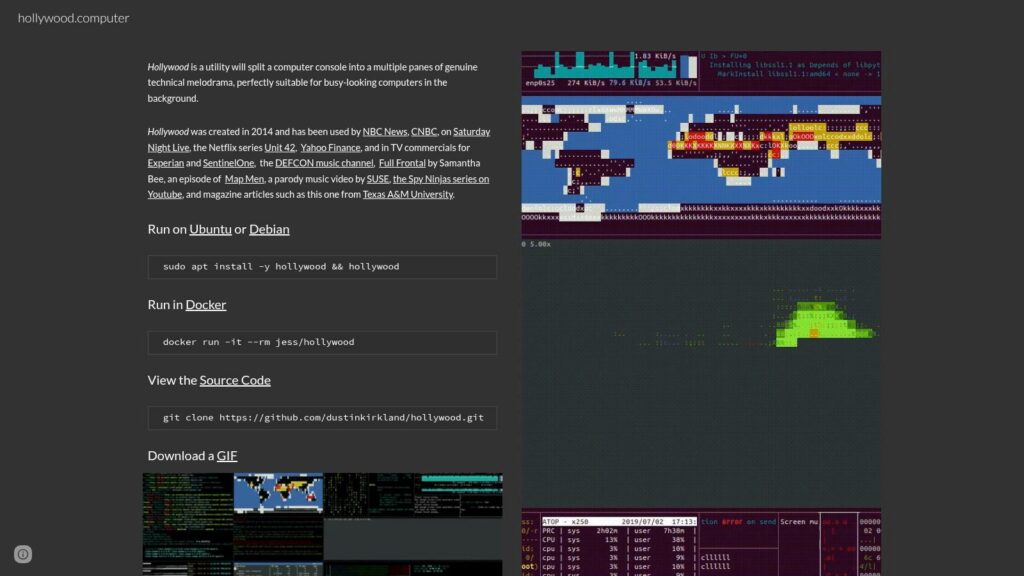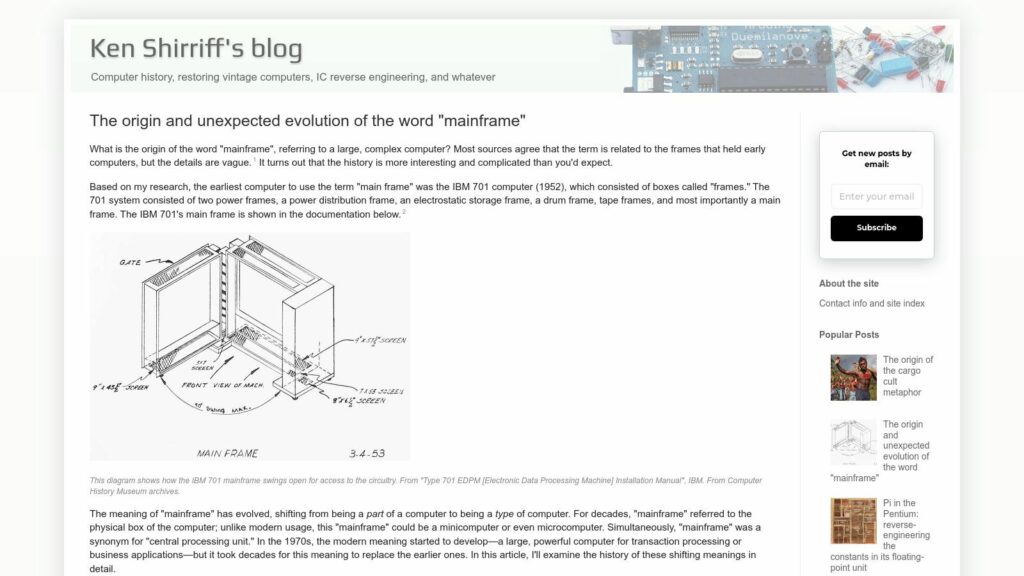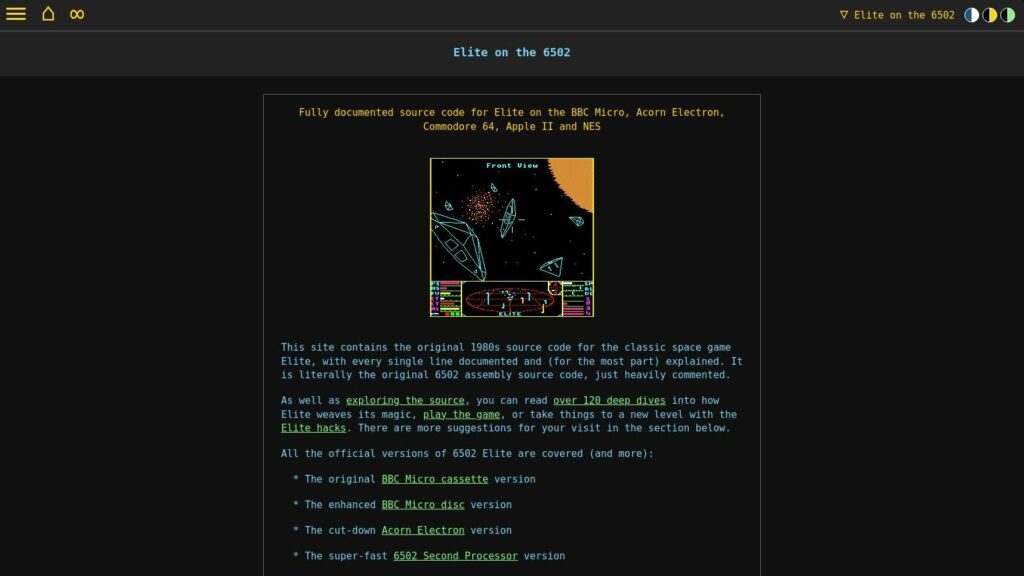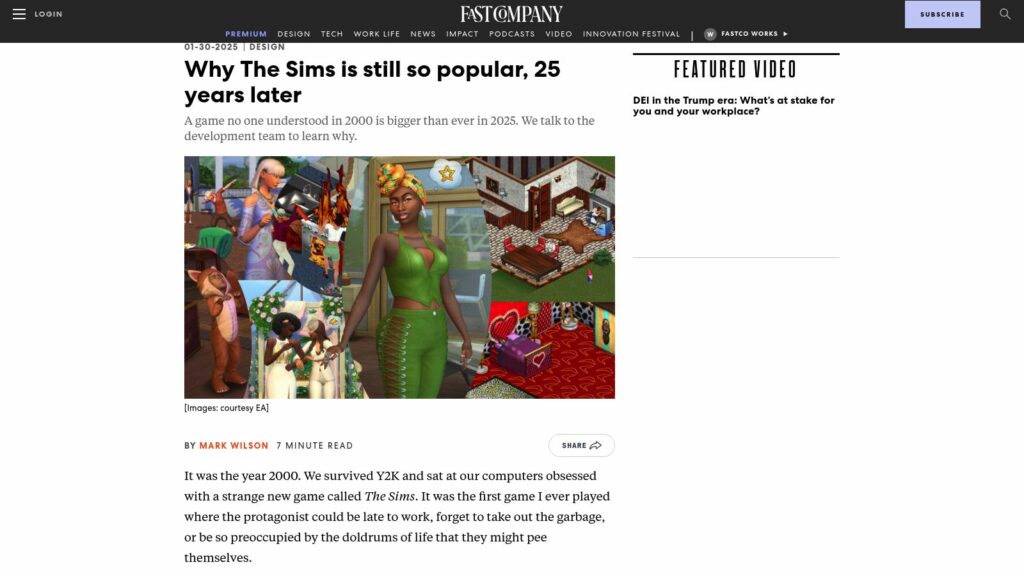OoCities is a remarkable archive preserving websites from the beloved GeoCities community before it shut down in 2009. GeoCities was one of the first free web hosting services that allowed everyday internet users to create homepages easily.
GeoCities had over 38 million members at its peak and was the 3rd most visited site. It pioneered the concept of grouping pages into “neighborhoods” or themes like Hollywood, SiliconValley, EnchantedForest, etc. This fueled the growth of fan sites, small business pages, personal blogs, and creative experiments.
While GeoCities closed over a decade ago, OoCities allows us to revisit this unique online community. As their site explains:
“In October 2009 we archived our olden cities of the web: The unique pages on “GeoCities.com” just before they were taken down. Our aim is to save those pages which are worthy and unique…or just representing the 90’s website culture and style.”
Exploring the Archive
The OoCities archive contains over a million sites. You can browse highlights, popular searches, and editorial picks, but I recommend diving into specific neighborhoods like Colosseum for sports or SiliconValley to unearth computing history.
Some personal favorites I’ve found:
- A Dragon Ball Z fan site with animated gifs and “over 9000” jokes
- An in-depth guide for Cub Scout leaders
- A small business showcasing web design services
Part of the magic is never knowing what you might discover next. Each site is a little piece of internet history.
Preserving Internet Nostalgia
What I love about OoCities is how it celebrates the quirky creativity and community of the early Internet days. We can look back with amusement at the garish color schemes, blink tags, and under-construction gifs. Still, these pages represent a pivotal moment when ordinary people started expressing themselves online.
OoCities preserve this history so future generations can explore the early internet culture. It’s more than just saving old sites – it’s about the people and communities behind them.
So next time you feel internet nostalgia, fire up OoCities and rediscover the web’s old neighborhoods. Treasures are hidden down every virtual street.
https://www.oocities.org/










